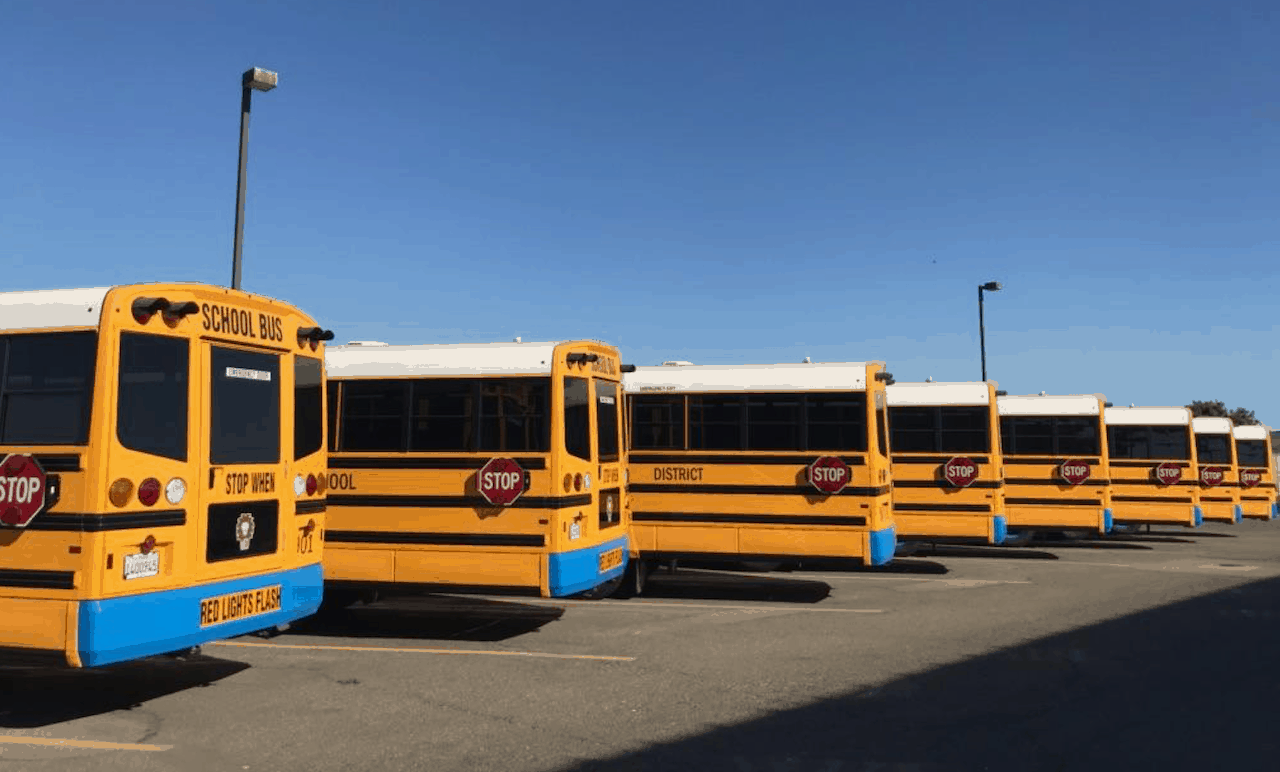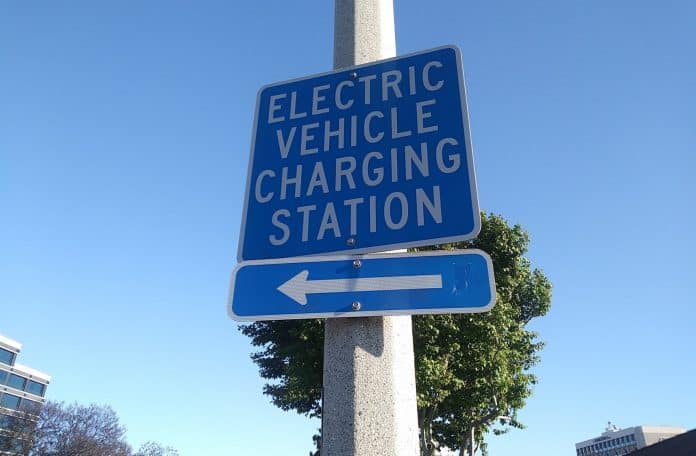The first of three webinars presented by the Center for Transportation and the Environment (CTE) on electric school bus technology provided an overview of battery systems and shared the practical experiences of a California school district with the largest EV school bus fleet to date.
The event held on Thursday was hosted by CTE Executive Director Dan Raudebaugh and included Erik Bigelow, the senior engineering consultant and director of Midwest operations, and Alison Wiley, program development. Also on the call was Raymond Manalo, the fleet manager for Twin Rivers Unified School District in Sacramento, California, which continues to operate the largest fleet of electric school buses at a single site in North America.
“We’re an industry leader in helping deploy zero-emissions buses, mostly electric, but with a few fuel-cell buses, to transit operations across the country,” commented Raudebaugh on CTE’s mission. “Our goal is to advance clean transportation technology for the health of the planet and communities.”
In 1995, the organization assisted Blue Bird develop its first electric prototype bus, and it helped Proterra develop its first electric transit bus in 2008. Blue Bird now produces an electric Type C Vision and Type D All American with partners Cummins and Efficient Drivetrains Inc. Meanwhile, Proterra now provides the electric drive for the Thomas Built Buses Saf-T-Liner C2 Jouley.
CTE also performs vehicle modeling and assists with charging infrastructure design and deployment, as well as education and outreach programs.
Transitioning to Electric
“Electric buses aren’t necessarily a drop-in replacement for diesel buses,” advised Raudebaugh. “We analyze how many buses you would need to do the same amount of work an operation is doing now, including lifecycle cost analysis. Putting charging infrastructure in place is the ‘long pole in the tent.”
“You want to make sure that you don’t get buses in before your infrastructure is ready.”
Wiley discussed when commenting on the pros of switching to electric. “The prime driver is children’s health,” she said. “Children are the most vulnerable when it comes to toxic diesel emissions. Other factors are reduced greenhouse gas emissions and lower fuel and maintenance costs.”
Related: School Buses Among New York City Fleet to Go Electric
Related: 16 Southern California School Districts Awarded New Electric School Buses
Related: California School District Adds 3 New All-Electric School Buses
Related: Green Bus Resources
Bigelow advised thinking about kilowatt-hours as they relate to a gallon of diesel fuel, and an electric battery compared to a diesel tank as energy carriers. He also reviewed battery degradation, and safety aspects of an electric storage system, which has enough power to move a bus.
“The battery management system is the lynchpin of safety. On the whole, they are very safe,” he commented. “The technology is consistently getting better, and there is definitely a pot of gold at the end of the rainbow for whoever can make the best batteries for an electric bus.”
Taking the Electric Plunge
Twin Rivers Unified’s Manalo provided an overview of the district’s experiences with organizing the necessary charging infrastructure, in partnership with the local electric utility and local air quality district. Twin Rivers first introduced the eLion electric school bus, now known as the LionC by The Lion Electric Company, in December 2016. It also added the Trans Tech Bus SSTe Type A and has since purchased the Blue Bird Vision Electric Type C.
“We have a diverse fleet with many types and manufacturers of buses,” commented Manalo. “With the exception of four gas buses, our department uses alternative fuels, including renewable diesel. About a year ago, we started actively pursuing replacement of our school bus fleet and district vehicles. Our goal was to have half of our bus fleet be electric within five years, and we now have 30 electric buses.”

Manalo talked about what made this transition successful. He said the keys were identifying the stakeholders, feasibility studies and funding sources. Some bus manufacturers have grant writers that can be utilized when attempting to obtain funds to purchase the vehicles, he shared. Additionally, he suggested involving transportation and facilities personnel, energy specialists (such as the district’s power provider or an electrician), and the bus manufacturer in the planning process.
Community involvement was also important. “We made the electric buses a big deal and got the media involved. Our students wore T-shirts that had, ‘I’m All Charged Up’ from our utility provider printed on them,” he said.
As for promoting vehicle safety, and calling attention to the vehicles, the district received permission from the California Highway Patrol blue as the color of the bumpers and wheels to set the electric buses apart from the rest of the fleet. The district also invited the area’s first responders to the bus garage to see how the electric systems differ from traditional internal combustion engines.
“They know that the blue means that they are dealing with a high-voltage vehicle,” Manalo added.
Editor’s note — The next Center for Transportation and the Environment webinar on electric school buses is scheduled for May 7. The organization’s Zero Emissions Bus Conference scheduled for September in Denver will also feature a track devoted to school buses. More information is available at ZEBConference.com.














